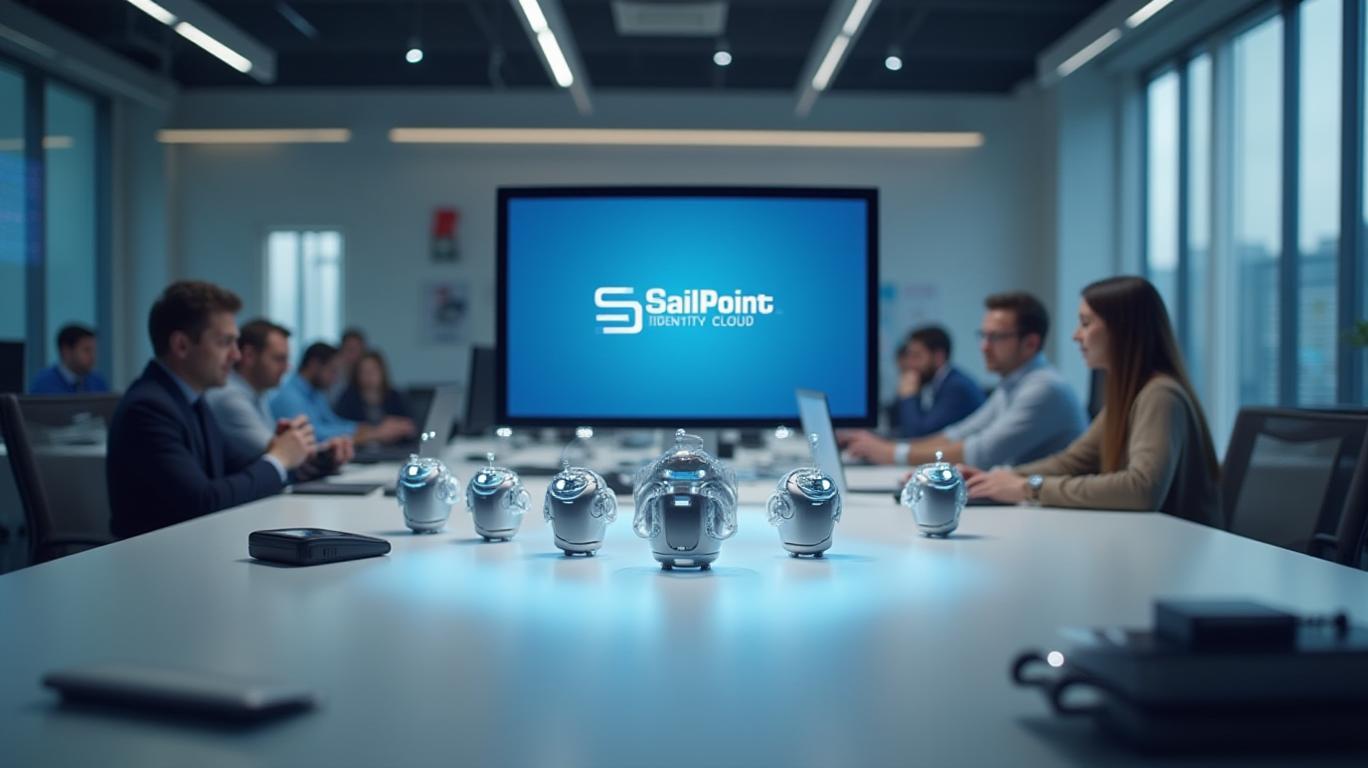RSA Security’s Identity Play: The AI-Driven Future of Cybersecurity
In an era where cyberattacks escalate in sophistication and scale, RSA Security’s Unified Identity Platform has emerged as a linchpin for enterprise security. At RSAC 2025, Dave Taku, RSA’s Vice President and Global Head of Product Management and UX Design, unveiled how AI is redefining identity-centric cybersecurity—a move that positions RSA as a leader in a market projected to surpass $200 billion by 2025.
Ask Aime: What's the latest on RSA Security's Unified Identity Platform and how it's impacting enterprise security?
The Power of AI in Identity Management
RSA’s platform leverages AI to unify identity intelligence, authentication, and access governance, managing over 60 million identities for 9,000+ organizations. This scalability is critical as enterprises grapple with hybrid and multi-cloud environments. Taku emphasized RSA’s shift toward SaaS-native security, a strategy that aligns with the growing demand for agile, cloud-based solutions.
While Dell’s stock reflects broader market trends, RSA’s identity solutions are a key growth lever. Competitors like Microsoft (MSFT) and Okta (OKTA) are racing to dominate this space, but RSA’s legacy in encryption and AI integration offers a distinct edge.
Addressing the Non-Human Identity Crisis
Machine-to-machine (M2M) interactions now outnumber human digital activities, yet 80% of organizations monitor less than 20% of their non-human identities (NHI). RSA’s platform automates NHI governance, addressing a blind spot that hackers increasingly exploit. For example, Oasis Security’s NHI Provisioning—highlighted at RSAC—aligns with RSA’s vision, underscoring the market’s recognition of this gap.
Quantum Threats and Cryptographic Evolution
RSA’s focus on post-quantum cryptography (PQC) is timely: NIST mandates the phaseout of classical encryption by 2030, and only 20% of organizations are prepared. This creates a multi-billion-dollar opportunity for PQC solutions. Taku’s leadership in RSA’s encryption innovation ensures the company stays ahead of this seismic shift.
The Deepfake Dilemma
AI-generated deepfakes are eroding trust in biometric authentication. RSA’s passwordless authentication and behavioral biometrics counter this threat, a strategy validated by tools like X-PHY’s Deepfake Detector, which saw a 300% YoY increase in adoption post-RSAC.
Market Dynamics and Investment Thesis
The identity and access management (IAM) market is projected to grow at a 14.6% CAGR, driven by zero-trust frameworks and SaaS adoption. RSA’s AI-driven solutions, early PQC adoption, and leadership in NHI governance position it to capture a significant share.
While Microsoft’s Azure AD dominates the cloud IAM space, RSA’s hybrid-cloud focus and AI differentiation carve a niche for enterprises seeking holistic identity security.
Risks and Considerations
- Competition: Cloud giants like AWS and Google are integrating identity solutions into their ecosystems.
- Regulatory Hurdles: AI’s autonomy raises compliance risks, requiring robust governance frameworks.
- Quantum Timeline: Delays in PQC standardization could delay adoption, though RSA’s early focus mitigates this.
Conclusion
RSA Security’s Unified Identity Platform is a strategic bet on three megatrends: AI-driven security, non-human identity management, and quantum resilience. With 9,000+ customers and a platform managing 60 million identities, RSA is well-positioned to capitalize on a market racing to adopt these technologies.
Investors should monitor:
1. DELL’s stock performance as RSA’s IAM business scales.
2. Adoption rates of post-quantum cryptography, with 25% of organizations unprepared offering a clear upside.
3. RSA’s partnerships, such as its integration with Oasis Security, to address NHI governance gaps.
In a world where identity is the new perimeter, RSA’s vision—backed by Taku’s leadership—is not just an investment in technology but in the future of trust itself.
Data sources: NIST, RSAC 2025 conference insights, Dell Technologies financial reports.










